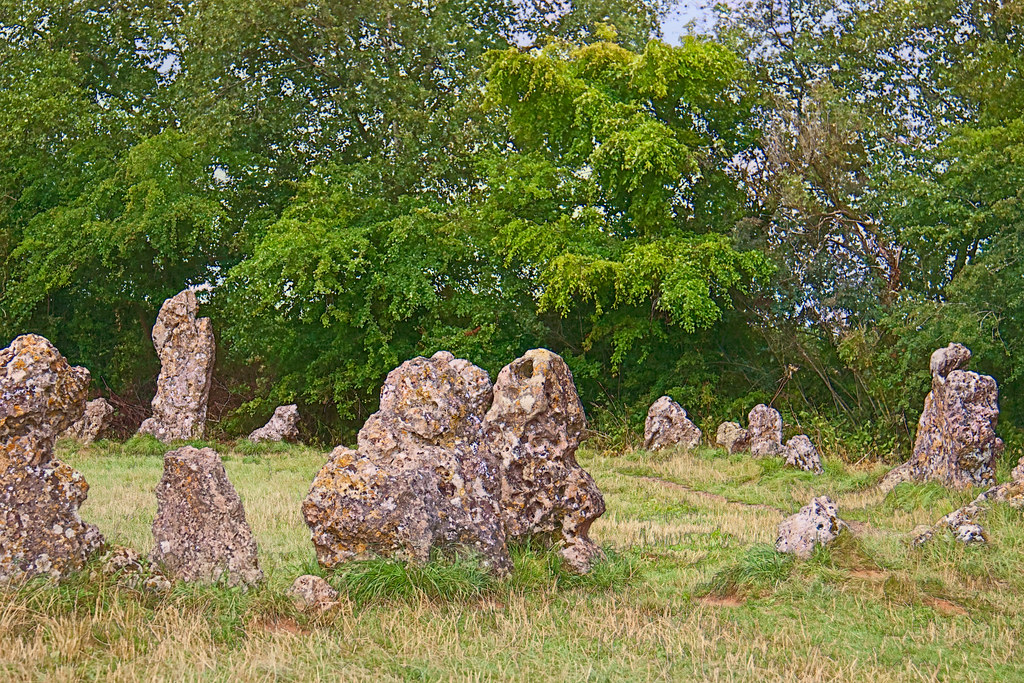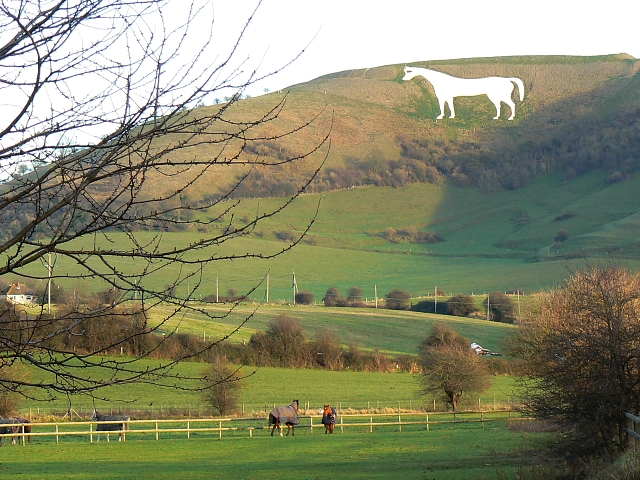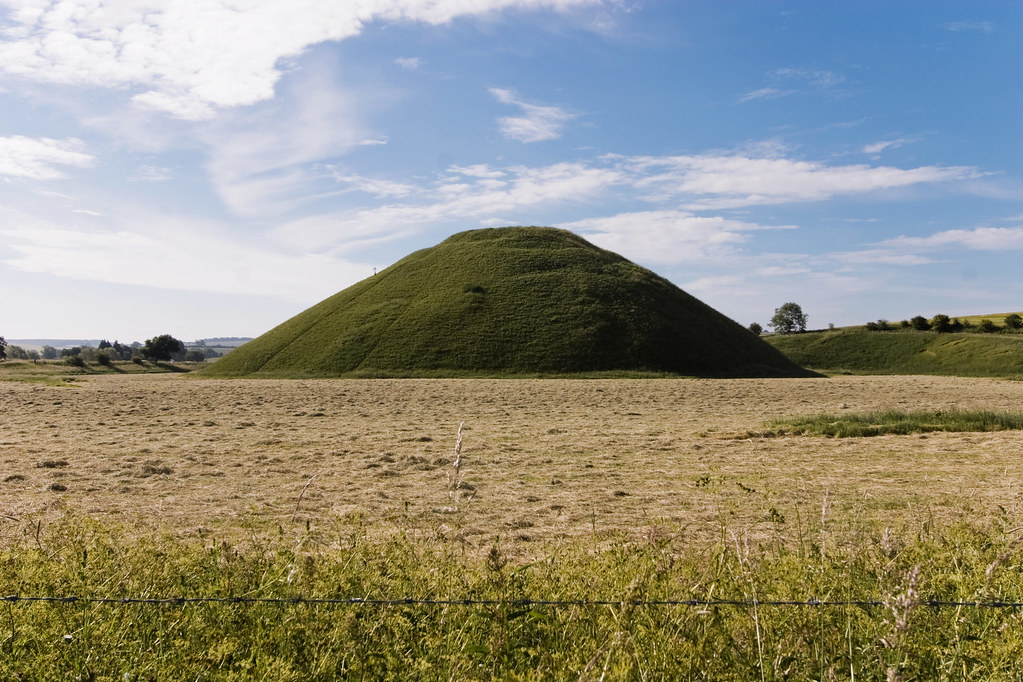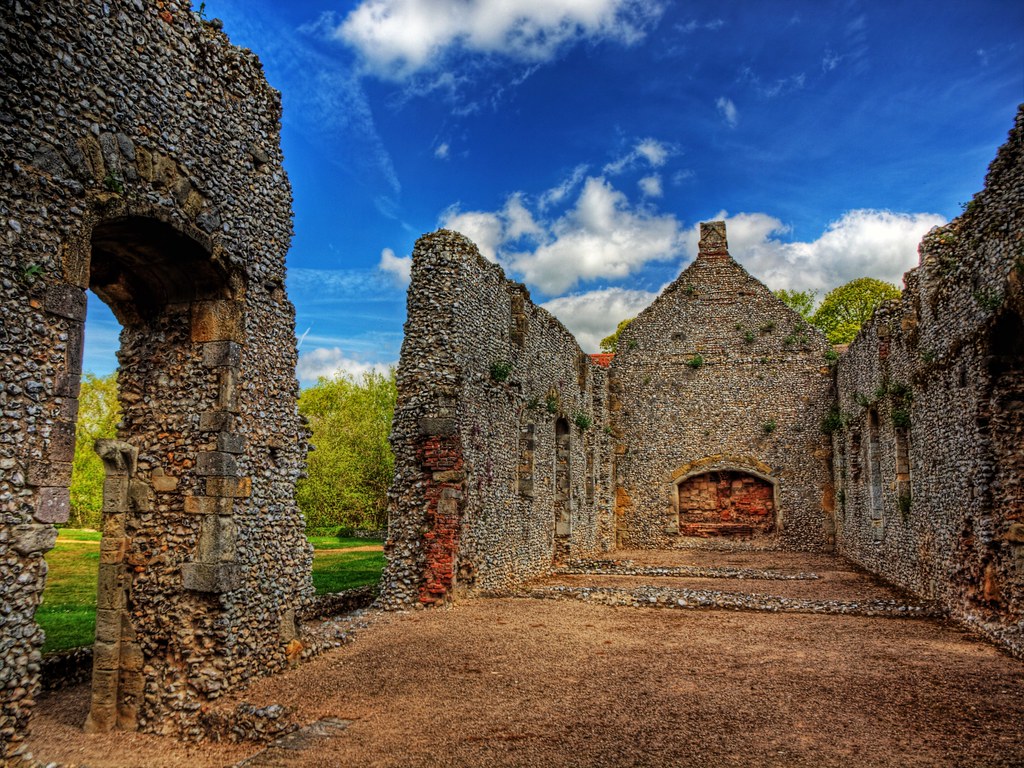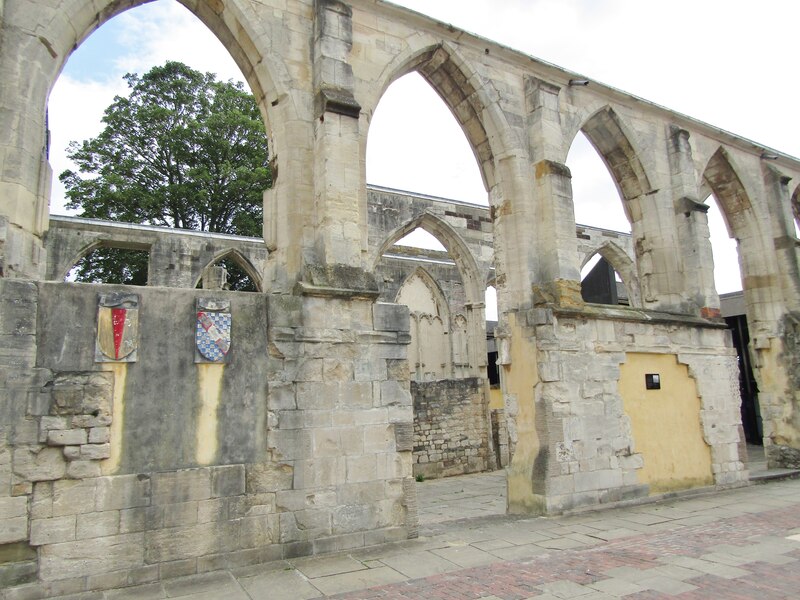According to local folklore, an army serving under an unnamed king was marching across the border between Wessex and Mercia when they were accosted by a witch named Mother Shipton, who said to them “Seven long strides thou shalt take, and if Long Compton thou canst see, King of England thou shalt be!”. The king marched forward, but the ground rose in front of him, blocking his view. “As Long Compton thou canst not see, King of England thou shalt not be! Rise up stick and stand still stone, For King of England thou shalt be none; Thou and thy men hoar stones shall be, And I myself an elder tree!”, cackled other Shipton. And so the Rollright Stones (and an elder tree) were created. Incidentally, the real Mother Shipton was Ursula Southell (c1488-1561), a seeress from Knaresborough, Yorkshire. She seems to have been brought into the tale due to the similarity of her married name to that of the nearby town of Shipton-under-Wychwood.
Today the stones are maintained by English Heritage and the Rollright Trust. They are accessible via laybys on an unnamed road north of Chipping Norton. Stagecoach bus number 50 from Stratford Upon Avon to Chipping Norton stops in nearby Long Compton, from which you can reach the stones on foot, provided the ground doesn’t rise up in front of you. The postcode is OX7 5QB and the what3words is ///circus.highs.helpless

